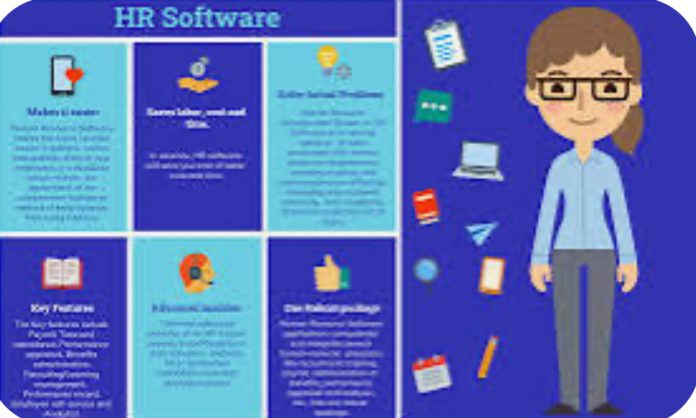HR software resources aim to help organisations manage their workforce more efficiently. There are two main types of solutions on the market: all-in-one suites that offer a wide range of integrated tools, and specialised systems focused on specific HR functions. Both have their advantages and disadvantages for different businesses.
All-in-One HR Software Suites
All-in-one software for HR provides a one-stop solution covering all key areas – recruitment, onboarding, payroll, time tracking, performance management, etc. They connect and share data between modules for a unified experience.
Benefits:
• Consolidates systems to avoid duplication or gaps in functionality. Simplifies workflows with a single database.
• Pre-built integrations between modules like recruitment, payroll and learning management. No need to piece together separate tools.
• Often include self-service portals for employee and manager access. Promotes workforce productivity and engagement.
• Single vendor for support. Don’t have to coordinate multiple software providers.
Drawbacks:
• Can be complex and time-consuming to customise if the out-of-box functionality doesn’t suit unique needs.
• Upfront investment, as all modules are purchased together, even if some are not utilised initially.
• Potential for significant data entry if migrating records from legacy systems.
Specialised Point Solutions
Alternatively, businesses can opt for niche HR applications focused on specific tasks – for example, an applicant tracking system (ATS)solely for recruitment, or a dedicated payroll package.
Benefits:
• Fine-tuned to deeply address needs in one HR area vs a breadth of generalist tools. Favoured by larger enterprises.
• Flexibility to select best-of-breed vendor products for each function independently.
• Choose which components to invest in first and add capabilities over time.
Drawbacks:
• Manual workflows cross different systems. No central workforce database.
• Admin effort to achieve single sign-on across solutions or data integrations between them.
• More vendors to evaluate and manage with separate licensing agreements.
Making the Choice
There’s no definitive ‘right’ HR software approach – it depends on considerations like company size, growth stage and budget. All-in-one platforms often best suit small to mid-sized businesses with broader requirements. Larger corporations may prefer custom combinations of niche solutions.
It’s wise to analyse must-have use cases before shortlisting vendors. The key is finding the balance between comprehensive features and unnecessary scope creep and unused functionality. Both cloud and on-premises deployment options exist today. Don’t forget user adoption – the most technically advanced tools fail without workforce buy-in through change management.
Vendor implementation support is also vital for a smooth rollout and maximising long-term value. Consider partners that provide training programmes tailored to different user groups: IT administrators, HR managers, employees and hiring managers. Successful change needs a combination of people, process and technology factors in parallel.
Cost savings from automation should be weighed against required investments in software, hardware, networking, and staffing. Conduct a total cost of ownership analysis first.
All-in-one systems simplify HR technology stacks, while specialised applications allow for more targeted configurations. Focus on resolving priority pain points as the driver when deciding between breadth or depth of capabilities. Partner with potential vendors to accurately match business needs for long-term scalable growth.
If you like our content, join us in helping to bring reality and decency back by SUBSCRIBING to our Youtube channel: https://www.youtube.com/channel/UCQ1Ll1ylCg8U19AhNl-NoTg AND SUPPORTING US where you can: Award Winning Independent Citizen Media Needs Your Help. PLEASE SUPPORT US FOR JUST £2 A MONTH https://dorseteye.com/donate/







